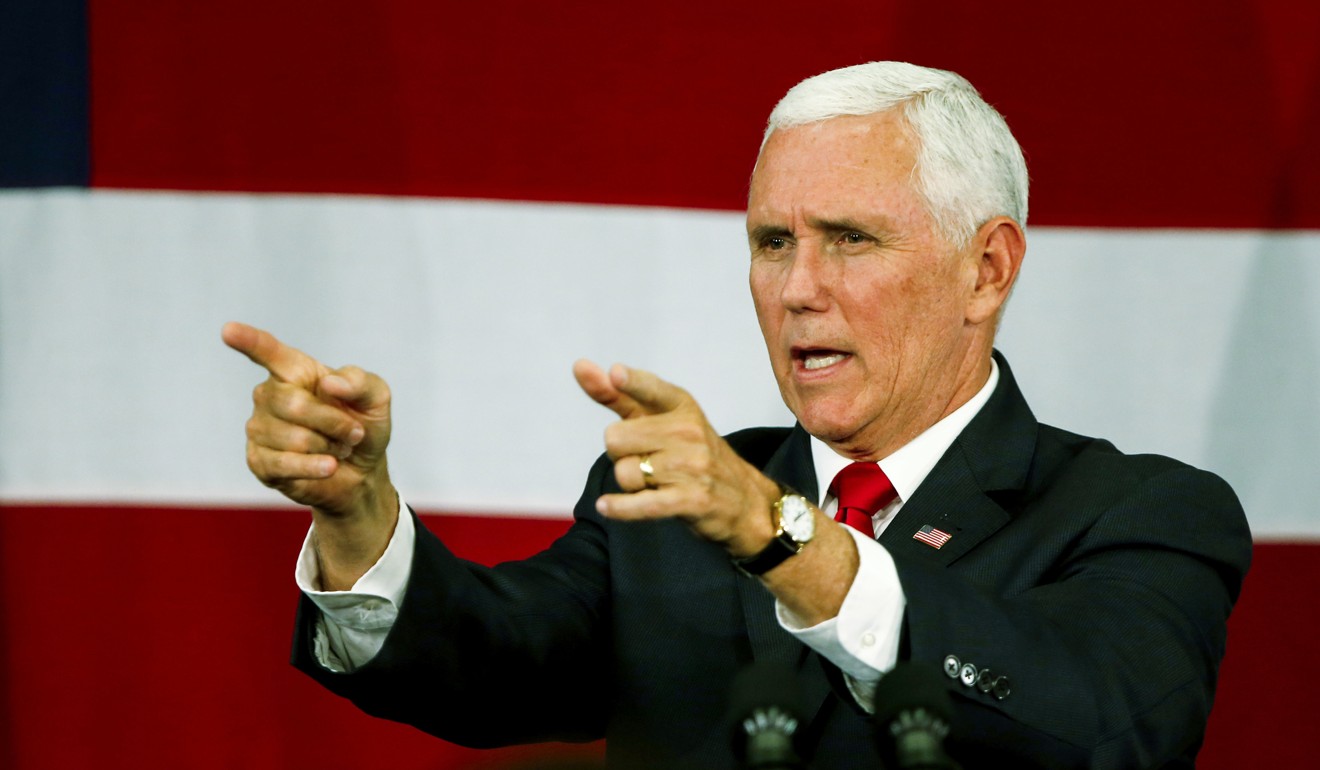
Australian PM Scott Morrison signals an end to Canberra’s policy ‘resets’ on China
- Australian leader’s speech to the Asia Society suggests he plans a more pragmatic foreign policy than was favoured by Malcolm Turnbull
While the Israel decision continues to resonate, alongside a pervasive political dysfunction that frustrates reliable predictions of long-term trend-lines in Canberra’s domestic or foreign policy, Morrison’s elucidation of a more complete vision of Australia’s international priorities in a speech to the Asia Society in Sydney suggests he will be a more conventional and pragmatic leader given more time to consider and consult.
Australian PM wary of China’s ‘unprecedented influence’ in Pacific

While Morrison extolled the virtues of “the beliefs that guide” his Australia – a commitment to democracy, free and open trade and investment, and a strong regional US security umbrella among them – there appeared to be no desire to again explicitly criticise Beijing’s own lack of commitment to these.
Yet the story may not end there, with a more complete picture of the new Australian government’s position on China likely to result from discussions on the future of the bilateral Comprehensive Strategic Partnership flagged for later this month. Not beyond the realms of possibility here might be Canberra adopting something approaching Tokyo’s new model of simultaneously cooperating with and competing against some of Beijing’s plans for greater regional power and influence.
Turnbull had in this respect already indicated a greater willingness to work with China’s regional infrastructure development plans at the same time as announcing a potential rival to the belt and road taking in Japan and the US. The expediency of the Morrison government needing to outline its own position on such a move has only increased with the state government of Victoria recently announcing a memorandum of understanding on belt and road opportunities without Canberra’s imprimatur.
Why has an Australian state broken ranks with Canberra to sign up to belt and road?
Also fateful in defining any new positions will be the coming of what Morrison called “summit season”, taking in events such as the East Asia Summit, Apec and the G20 at which the prime minister is due to speak. Based on the iterations of the past few years, these may just as easily see new narratives emerge around Beijing and Washington’s commitments to Canberra’s region as around their own.
Most fateful of all may be the upcoming US midterm elections, the results of which have the capacity to either consolidate or push back against Trump and Washington’s associated policy orientation, whose own contravention of long-held beliefs has been as inescapable a factor in Canberra and many other regional governments’ evolving foreign policy considerations as any movement out of Beijing. They were in turn recognised in Morrison’s explicit criticisms of rising trade protectionism and foreign policy that is “too often being assessed through a narrow transactional lens”.

It may be less instructive in this respect to compare Morrison’s Asia Society address to past pronouncements from Australian prime ministers than to those emanating contemporaneously from Washington, with the aggressive address on China from US Vice-President Mike Pence most notable here. Its inescapable echoes of cold war rhetoric were certainly not lost on the Australian prime minister, who noted that US-China relations must not become defined by “confrontation” – a term that was something of an escalation from the more benign “competition” employed in past reference to the relationship.
Even given the realisation of a more constrained Trump administration by the end of 2018, the Morrison government may now be unwilling to embrace too much of a realignment of its newly unveiled vision, given that the prime minister is himself retaining power by the slenderest of margins and has already suffered major blowback for making foreign policy on the run. With the likelihood that his governing Liberal-National coalition will be replaced by a Labor government more outwardly comfortable with a close China relationship by the first half of next year, the most likely reset to come, barring some egregious national interest-jeopardising action by Beijing, is also unlikely to work in Washington’s favour.
James Bowen is a research fellow at the Perth USAsia Centre

